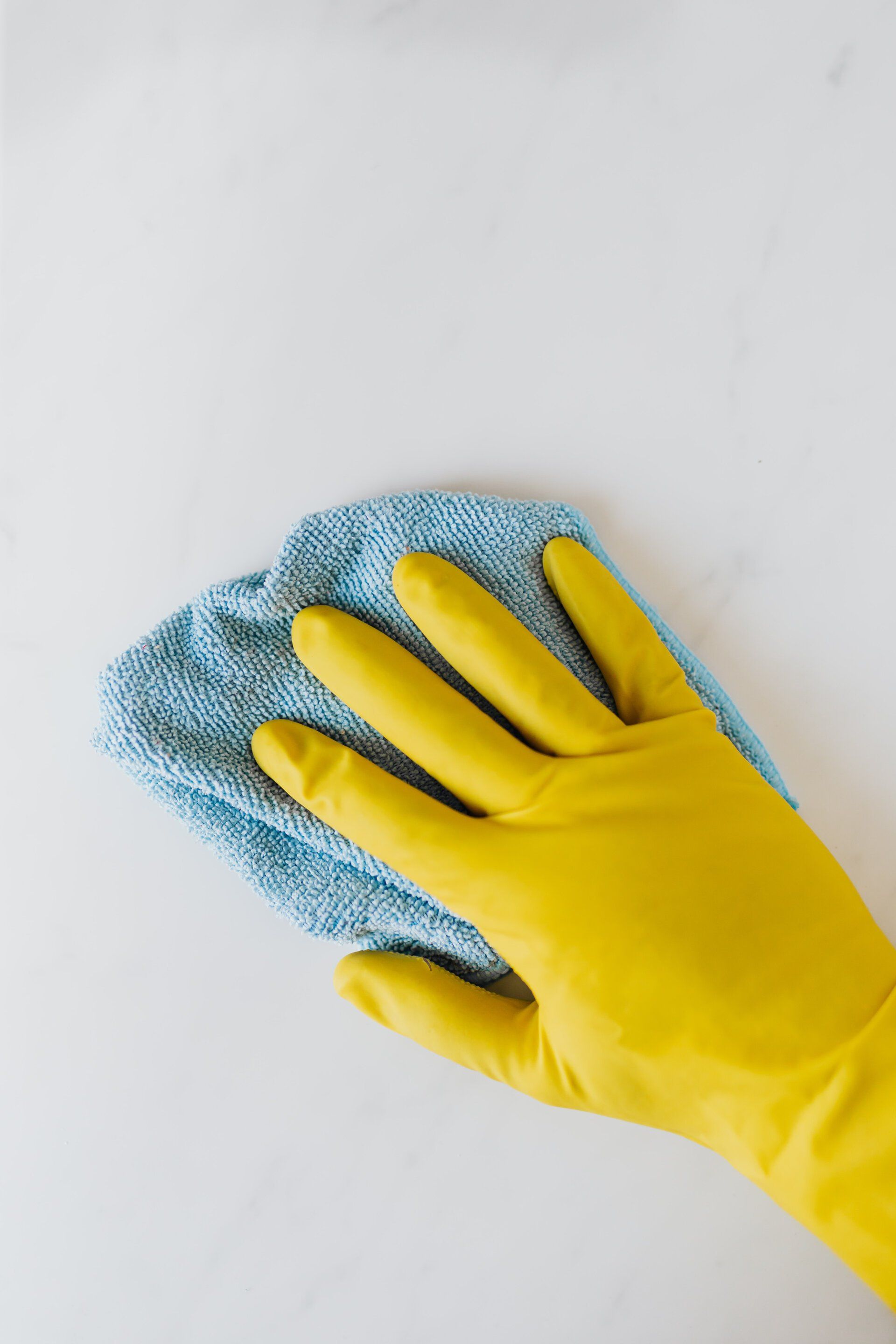Why Test Colors Before Painting
Why You Should Always Test Colors Before You Paint

When deciding what color you are going to pain a room you need to take the time to actually get a feel for how it will look on your walls. Holding paint swatches up to the wall just isn’t going to do the trick though. You need to take your time, you need to see the color on all walls and you need to see it in different lights throughout the day. This is the only way to know if it’s the right color. But how do you do this in the best most efficient way? Well, here are some pointers.
How To Properly Test Paint on Walls
Do not put paint directly on the existing wall. There are a few reasons, unless you have the wall painted white already you’re going to get an untrue sense of the color you are putting on this different colored wall. If you group a bunch of different colors together on the wall, then you’ll just be comparing color to color which you have already done on the paint swatch itself. You need to give yourself a blank canvas to work with. And don’t worry that doesn’t mean you must pain your wall white. Here’s what you should do.
1. Take the color wheel on a test drive around the room holding it up to the furniture to see which colors go with your upholstery, drapes, and other décor of the room. You know, assuming you’re not changing that as well and if you are some fabric samples of those items will be helpful. Once you have chosen two or three of your favorites it’s time to get down to business and get the paint on the wall, but not really on the wall.
2. Get some white poster board. This is going to be your paint board.
3. The paint store should have samples you can purchase for a nominal fee of the colors you chose from the color wheel.
4. Paint a large square with your paint sample on one paint board. One color per paint board. Don’t paint the whole board, leave some of it white so your eye isn’t distracted when you put it on the wall that is already painted the color you’re trying to cover up. Because there’s probably a reason you are covering that color to begin with, so the last thing you need is that color mucking up your view.
5. Put your paint boards on different walls. Not next to each other because again you want to avoid comparing color to color.
6. Rotate them around the room and see how they look at all different times of the day. As the light hits different parts of a room differently you’ll want to get an idea of what it will look like during all times and in all possible lighting so you don’t end up with a paint that looks spectacular in daylight, but just okay at night with artificial light shining on it.
And that’s how you can get paint on the wall without actually putting it on the wall. This will give you a true feel for how the color is going to look and which one is the best for you. Seeing the color on your wall and not in the store under lighting you hope to never achieve in your home is really the ideal to pick out paint.
Pearl Painting has you covered... contact us for a free painting or drywall estimate





